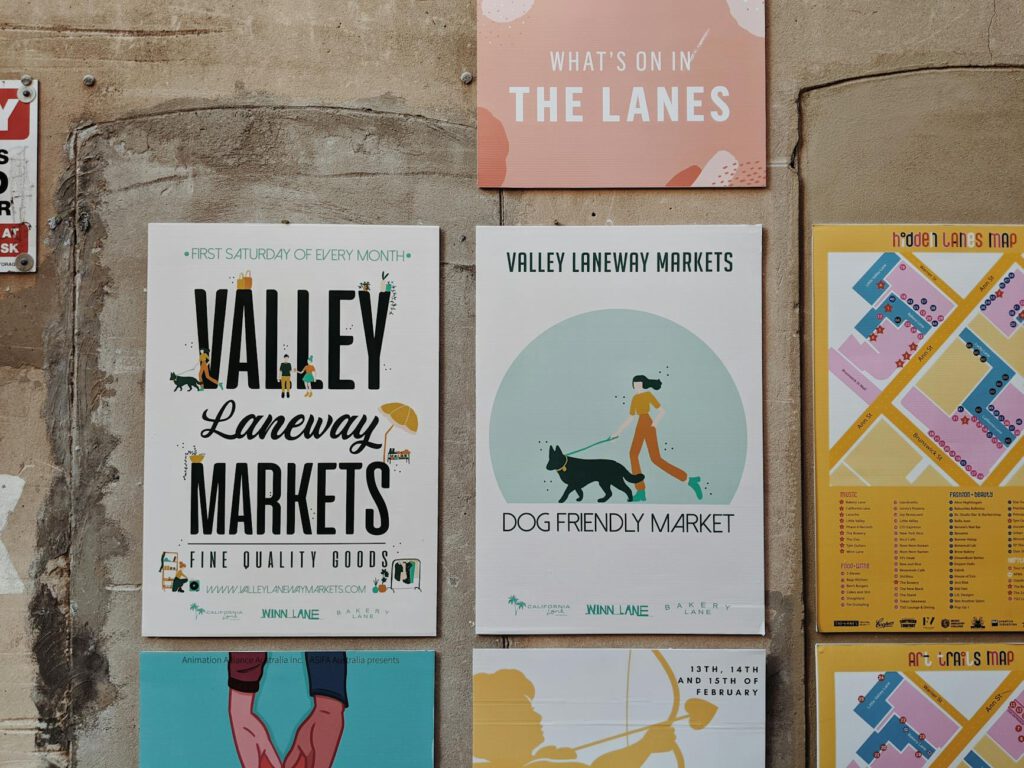Intro
Local events—whether festivals, fundraisers, workshops, or concerts—rely heavily on attendance for success. But getting the word out can be challenging, especially when competing for attention in a crowded digital space. Google Display Ads offer a powerful solution, allowing event organizers to reach targeted audiences with visually engaging ads across millions of websites, apps, and YouTube.
Unlike search ads that rely on user intent, display ads help you proactively attract potential attendees by showcasing your event to the right people at the right time. In this guide, we’ll explore how to leverage Google Display Ads effectively to boost event visibility, drive ticket sales, and maximize engagement.
Why Google Display Ads Work for Local Events
Google Display Ads (GDN) operate on the Google Display Network, which spans over 2 million websites and reaches 90% of global internet users. For local events, this means unparalleled exposure to nearby audiences who are most likely to attend.
Key advantages include:
– Visual Appeal: Display ads use eye-catching images, videos, or animations to capture attention.
– Targeting Precision: Reach people based on location, interests, demographics, and even past online behavior.
– Retargeting Capabilities: Re-engage users who visited your event page but didn’t complete a purchase.
– Cost-Effectiveness: With flexible budgeting, you can optimize spend for maximum ROI.
Now, let’s dive into how to make the most of this tool.
Crafting Compelling Ad Creatives
Your ad’s visual and textual elements must instantly communicate the event’s value. Here’s how to design high-converting display ads:
1. Use High-Quality Visuals
- Images: Choose bright, high-resolution photos that reflect the event’s atmosphere (e.g., crowds at a concert, speakers at a workshop).
- Videos: Short clips (15–30 seconds) showcasing highlights (e.g., past event footage, speaker testimonials).
- Branding: Include your event logo and consistent color schemes for recognition.
2. Write Persuasive Ad Copy
- Headline: Keep it short and action-oriented (e.g., “Don’t Miss the Annual Food Fest!”).
- Description: Highlight key details (date, venue, perks like “Early Bird Discounts”).
- Call-to-Action (CTA): Use urgency-driven CTAs like “Register Now” or “Limited Seats Left!”
Example: A local charity run could use an image of past participants with the headline: “Join 5K for Kids—Run, Donate, Make a Difference!”
Targeting the Right Audience
Precise targeting ensures your ads reach people most likely to attend. Here’s how to refine your audience:
1. Geographic Targeting
- Set a radius around your event location (e.g., 10–50 miles) to focus on nearby residents.
- Exclude irrelevant areas to avoid wasted spend.
2. Demographic & Interest-Based Targeting
- Demographics: Target age groups, genders, or income levels aligned with your event (e.g., millennials for a music festival).
- Affinity Audiences: Reach users interested in related topics (e.g., “fitness enthusiasts” for a yoga workshop).
- Custom Intent Audiences: Target people searching for similar events or keywords (e.g., “local art exhibitions”).
3. Retargeting Strategies
- Website Visitors: Serve ads to users who viewed your event page but didn’t buy tickets.
- Past Attendees: Re-engage people who attended previous editions of your event.
Optimizing for Conversions
Driving clicks is great, but conversions (ticket sales, sign-ups) matter more. Follow these steps:
1. Landing Page Alignment
Ensure your ad’s messaging matches the landing page. If your ad promotes a “20% Early Bird Discount,” the landing page must prominently feature that offer.
2. A/B Testing
Test different ad variations (images, headlines, CTAs) to identify top performers. Google Ads’ built-in tools can automate this.
3. Bid Strategies
Use automated bidding like “Target CPA” (Cost-Per-Acquisition) or “Maximize Conversions” to let Google optimize bids for results.
Tools & Tips for Success
1. Google Ads Editor
A free tool for bulk edits and campaign management.
2. Canva
Create professional-looking ad visuals without design expertise.
3. Google Analytics
Track post-click behavior (e.g., bounce rates, conversion paths) to refine campaigns.
Pro Tip:
Schedule ads to peak times (e.g., evenings or weekends when locals browse leisure activities).
FAQs
Q: How much should I budget for a local event campaign?
A: Start with $10–$20/day and adjust based on performance. Local campaigns often require less spend than national ones.
Q: Can I run display ads without a website?
A: Yes, but a dedicated landing page (even a simple Facebook Event page) is recommended for conversions.
Q: How long before the event should I start ads?
A: Launch 4–6 weeks prior, increasing frequency as the date nears.
Conclusion
Google Display Ads are a game-changer for promoting local events, offering unmatched reach and precision. By combining captivating creatives, strategic targeting, and conversion optimization, you can fill seats and create buzz in your community.
Ready to get started? Set up your first campaign today and watch attendance soar. For more digital marketing insights, explore our blog at DigitalBoostHQ.

